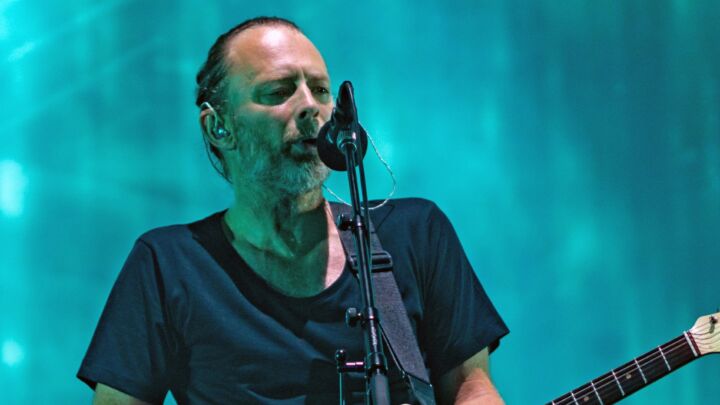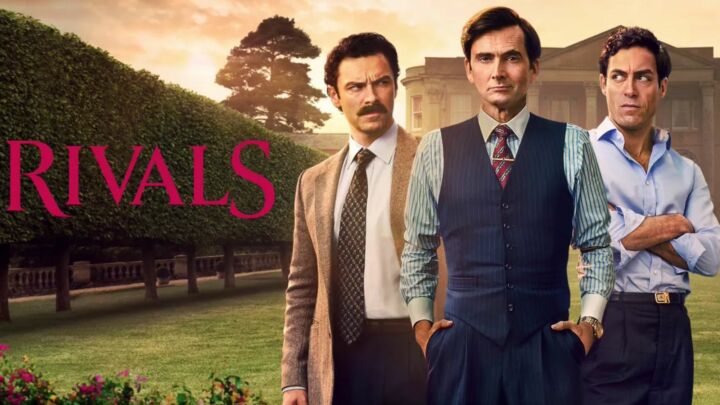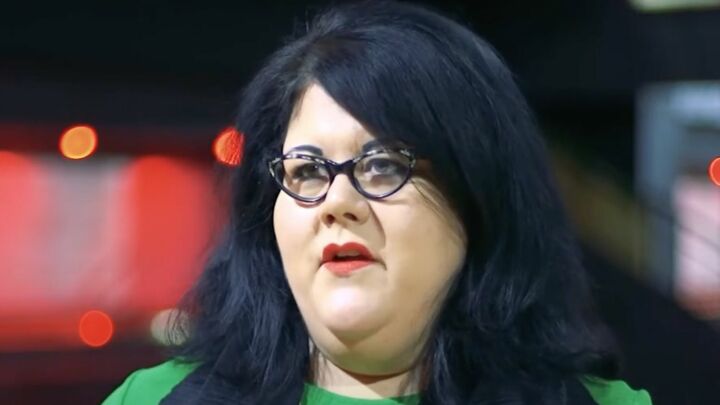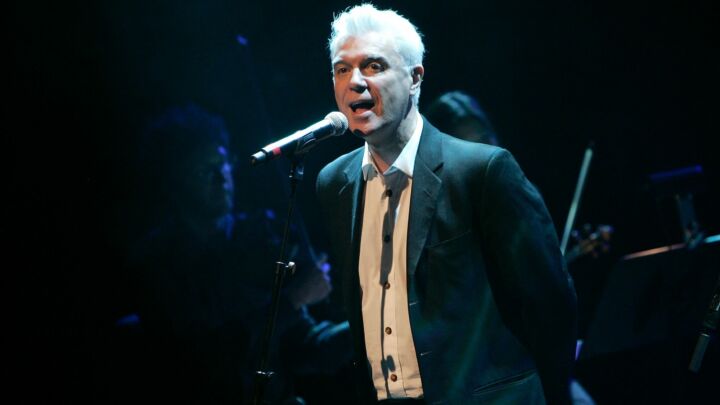Annie Leibovitz: more than a celebrity snapper
She's best known for her nude Demi Moore and for putting Whoopie Goldberg in a bath of milk. But Annie Leibovitz is a documentarist, too.

Want to read spiked ad-free? Become a spiked supporter.
The name ‘Annie Leibovitz’ brings to mind some of our time’s most iconic celebrity portraits – from the picture of a naked John Lennon embracing a clothed Yoko Ono hours before he was murdered, to Whoopie Goldberg in a bathtub filled with milk or a nude, seven months pregnant Demi Moore. Leibovitz has reflected and boosted celebrity culture throughout her career. But Annie Leibovitz: Life Through a Lens, a new documentary about the photographer, shows that the highly stylised magazine covers that entrenched her status as the stars’ portrayer of choice are the least interesting parts of her work. (See a trailer for the film below.)
With the luxury of giant crews, expensive equipment and seemingly endless resources (as Anna Wintour, editor-in-chief of American Vogue, says, ‘budget is not something that enters into her consciousness’), Leibovitz is able to make co-workers and editors bow to the demands of her imagination and perfectionism. Yet when it comes to covers, ‘you might as well be doing advertising, because it really is designed to sell the magazine’, says Leibowitz. Her real work, she says, ‘lives inside the magazine’.
The documentary is interspersed with super 8 footage from the photographer’s childhood, her own family shots, landscape photographs, war reportage and portraits of unknown people as well as famous artists and politicians. While American popular culture has dominated her work, as Leibovitz points out, all of her images – from the personal and intimate to the documentary and commercial – are part of her life as a photographer.
Born Anna-Lou Leibovitz in 1949, she began experimenting with photography in the darkroom of an air force base in the Philippines, where her father was posted during the Vietnam War. As an art student in San Francisco in the late 1960s, Leibovitz found herself in the midst of cultural and political upheaval. After walking into the offices of Rolling Stone magazine with a bag of pictures and landing herself a job there, she became one of the best-known chroniclers of the rock’n’roll scene. She hung out with the likes of Hunter Thompson, covered American politicians’ campaign trails, and went on tour with the Rolling Stones, a trip which took her across America and ended in rehab.
Leibowitz is aware that it is sometimes necessary for documentary photographers to become part of their subjects’ world, in order to achieve a deeper level of understanding – yet being too caught up in the hippy counterculture may well have blinded Leibowitz and her colleagues at Rolling Stone to the pointlessness of that era’s hedonism. Keith Richards, interviewed in the film, can’t even remember most of Leibovitz’s pictures of the Stones.
It was clear that Leibowitz had great journalistic sensibilities; she was aware of the importance of being prepared to be surprised by her subjects, without being bound by personal presumptions. And her subjects testify to her ability to immerse herself in their worlds – whether it was the body building scene of Arnold Schwarzenegger, the private relationship of John and Yoko, or Mikhail Baryshnikov’s dance studios – making them feel so comfortable that they even forgot she was photographing them.
The camera is a powerful tool for capturing what Leibowitz calls the ‘moments in-between the big moments’. She was one of many photographers let into the White House on the day Richard Nixon left office. But, staying behind longer than most, she snapped a powerful shot of guards rolling up the red carpet in front of the helicopter taking Nixon away from the presidential residence. And, according to Leibowitz, at the time Rolling Stone was uniquely willing to give space to such a photograph.
After an opening roll-call of celebrities saying Annie Leibovitz’s name, and Christie’s international head of photographs stating that some of the greatest works of art throughout history have been made as commissions for clients, it seemed that this documentary, directed by Leibovitz’s sister Barbara, would try to make the case for the merits of commercial, celebrity photography. Yet throughout the film it becomes clear that while Leibovitz has managed to infuse commercial photography with artistry and originality, she also has a level-headed view of what really matters. ‘Going from Rolling Stone to Vanity Fair’, Leibovitz says, ‘I didn’t have the tools to make people look good’. The idea that people have ‘good and bad sides’ seemed silly to her.
Several interviewees, including Hillary Clinton, say that Leibovitz’s portraits show us who the people in them really are. Patti Smith even claims that while she didn’t recognise herself at first in Leibowitz’s portrait of her, she has gradually come to know the person that Leibowitz saw in that shot: here, the celebrated image almost becomes the person. But Leibowitz herself doesn’t buy into the idea that you can ‘capture’ someone or that it is her job to do that. ‘Life is so much bigger and so much more complicated than this one-dimensional moment’, she says.
Despite her celebrity connections, Leibowitz has remained very private. That the documentary was made by her sister may seem like an obstacle for creating a truly honest portrait. In fact, the respect for Leibowitz’s privacy is a great strength of this film. The documentary covers her long flirt with the 1960s drug culture, for instance, but reflecting on her mother admitting her to rehab, Leibowitz simply says: ‘I got professional help, took a deep breath and it was done.’
The details of Leibowitz’s relationship with the writer Susan Sontag are not dwelled on in great detail. This relationship was a badly kept secret until after Sontag’s death from cancer in 2004, when Leibovitz first openly spoke of her as a lover. She later published the images that she took documenting Sontag’s illness and death.
By focusing on the life seen through Leibowitz’s lens rather than on what has happened behind it, this documentary gives us a great insight into her work, and shows us that there is more to it than extravagant celebrity photography.
Nathalie Rothschild is commissioning editor at spiked.
Read on:
spiked-issue Film
Celebrate 25 years of spiked!
A media ecosystem dominated by a handful of billionaire owners, bad actors spreading disinformation online and the rich and powerful trying to stop us publishing stories. But we have you on our side. help to fund our journalism and those who choose All-access digital enjoy exclusive extras:
- Unlimited articles in our app and ad-free reading on all devices
- Exclusive newsletter and far fewer asks for support
- Full access to the Guardian Feast app
If you can, please support us on a monthly basis and make a big impact in support of open, independent journalism. Thank you.







Comments
Want to join the conversation?
Only spiked supporters and patrons, who donate regularly to us, can comment on our articles.